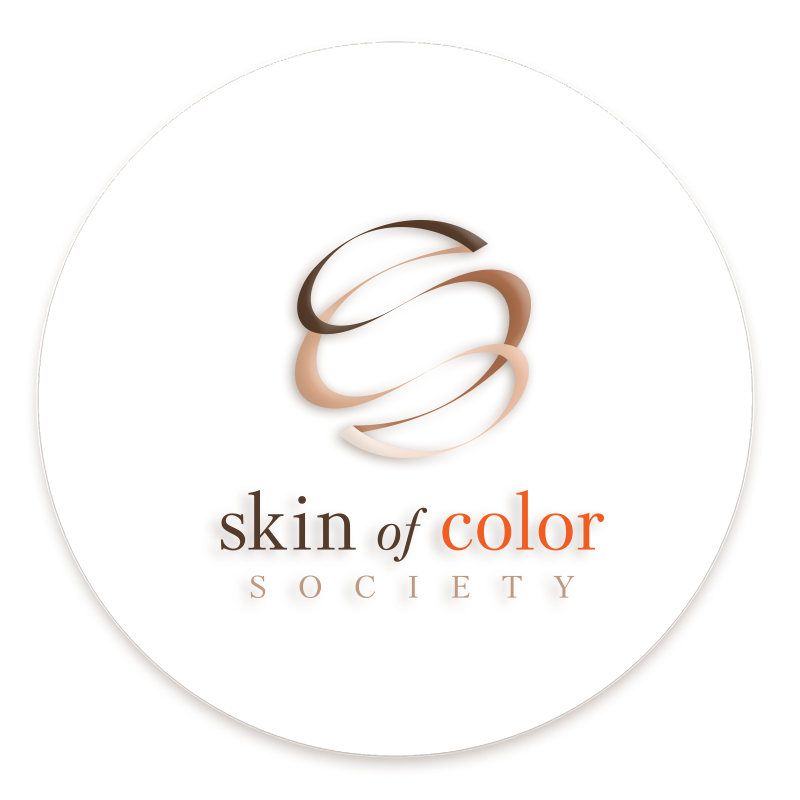Post-Inflammatory Hyperpigmentation (PIH)
Chere Lucas, MD
What is PIH?
Post-inflammatory hyperpigmentation, or PIH for short, happens when your skin gets inflamed or irritated. The skin that's been inflamed or irritated can turn tan, brown, or purple, which is why it's called hyperpigmentation (more color). It's very common in people with darker skin, with over 65% of African Americans having symptoms.
What causes PIH?
PIH can happen when your skin gets inflamed or irritated. People with darker skin have more pigment (color), so they're more likely to get PIH. Some skin problems that can cause PIH are pimples, burns, eczema, allergies, infections, bug bites, lichen planus, pseudofolliculitis barbae, and psoriasis. PIH can be on the top layer of your skin (epidermal), deeper in your skin (dermal), or both (mixed). This depends on how deep the extra color is in your skin. Doctors can see this with a special lamp or by taking a small piece of skin to look at under a microscope. PIH on the top layer of your skin is the easiest to treat with creams or lotions. PIH that's mixed or deeper in your skin is harder to treat because the extra color is deeper.
PIH can be epidermal (top layer of skin), dermal (deeper layer of skin) or mixed. This classification is based on the depth of hyperpigmentation in the skin visualized on clinical exam or with the use of Wood’s lamp examination or biopsy (removal of skin tissue for examination). Epidermal PIH is the most amenable to treatment with topical regimens. Mixed and dermal melasma are very difficult to treat due to the presence of deeper pigment.
How can PIH be treated?
PIH can take months or even years to completely go away. To treat PIH in the long run, the skin problem that's causing the color change needs to be treated first. There are also some treatments that can help PIH go away faster, like creams or lotions with ingredients like hydroquinone, retinoids, azelaic acid, glycolic acid, or kojic acid. Some procedures like microdermabrasion and light chemical peels can also help. PIH that's deeper in your skin is harder to treat and might need stronger treatments like chemical peels. But these treatments can sometimes make the color worse. Sunlight can make PIH darker, so it's important to protect your skin from the sun. You can do this by using sunscreen and wearing clothes that protect you from the sun on the areas of your skin with PIH.
Dermal PIH is more difficult to treat and may require more aggressive therapy such as chemical peels and/or laser surgery, which include a risk of worsening the pigmentation.
Sunlight can cause PIH to darken, so it is important to utilize protection from the sun (sunscreen, sun-protective clothing) on the areas involved.
References
Love PB, Kundu RV. Clinical cases in skin of color medical, oncological and hair disorders, and cosmetic dermatology [Internet]. 2016 [cited 2016 Feb 29].
Education Video Library






